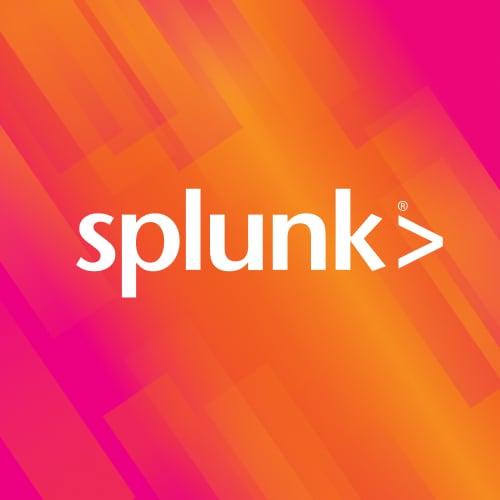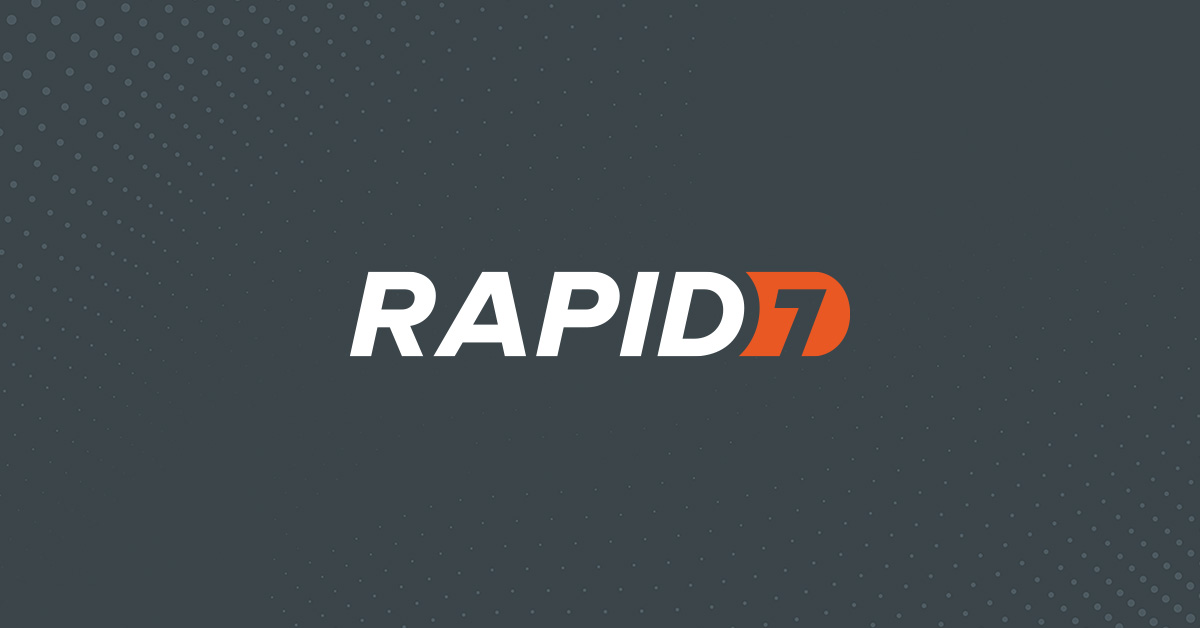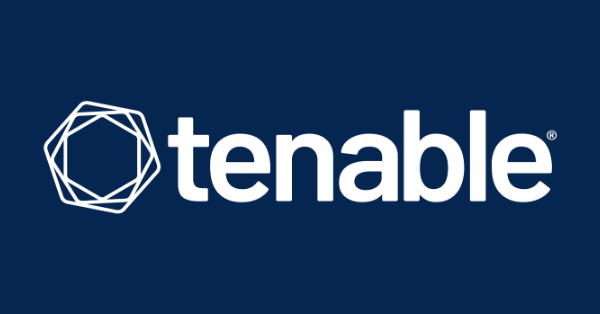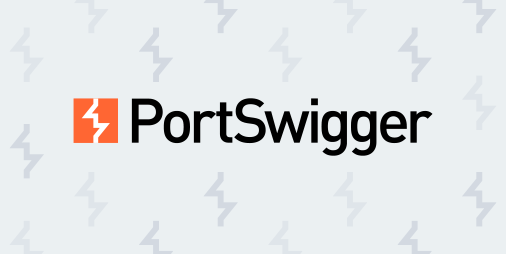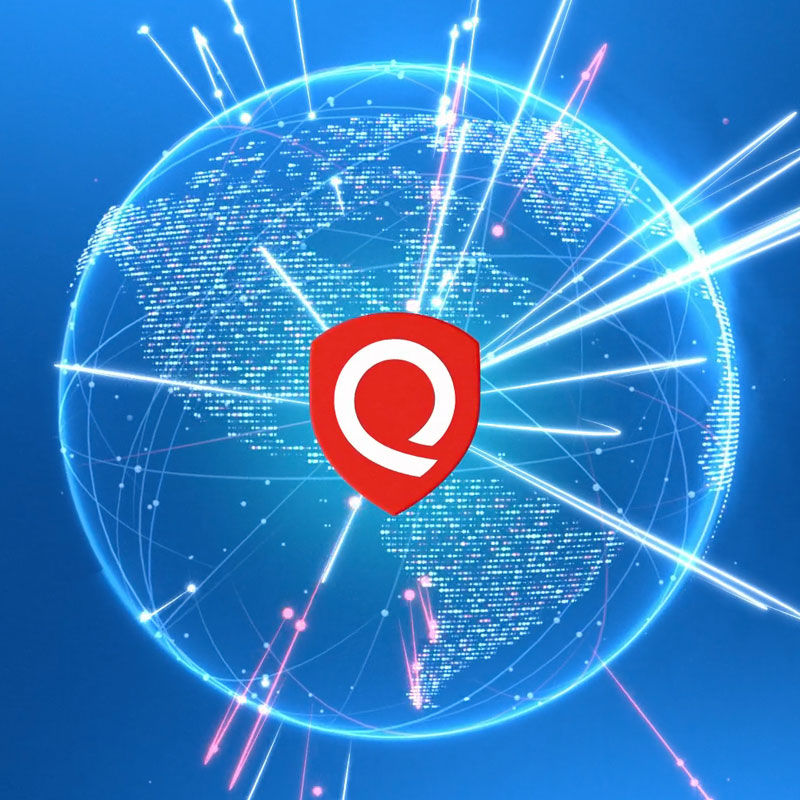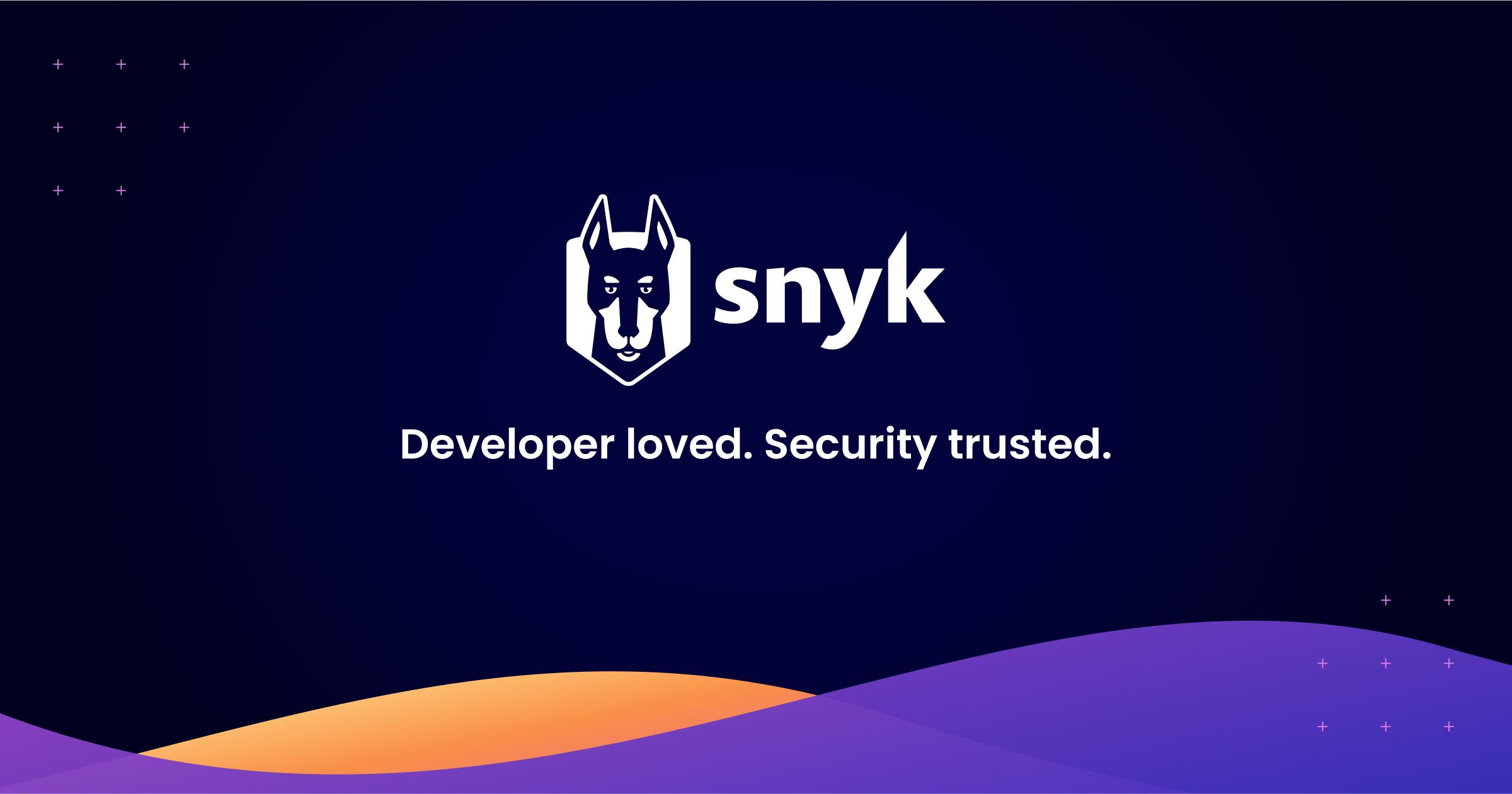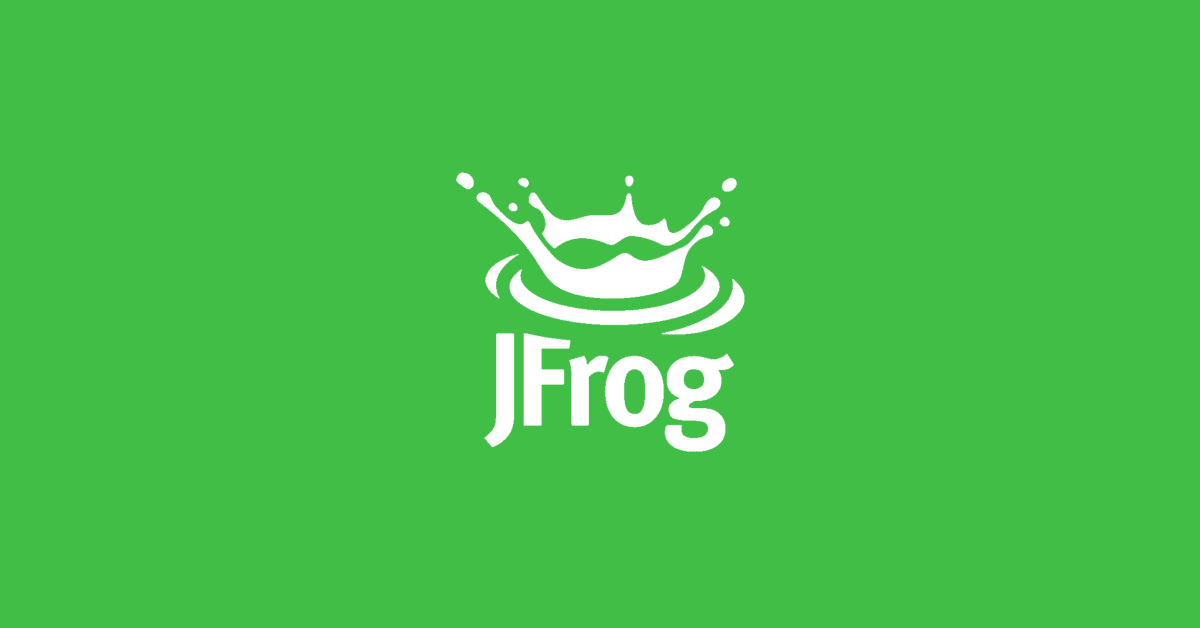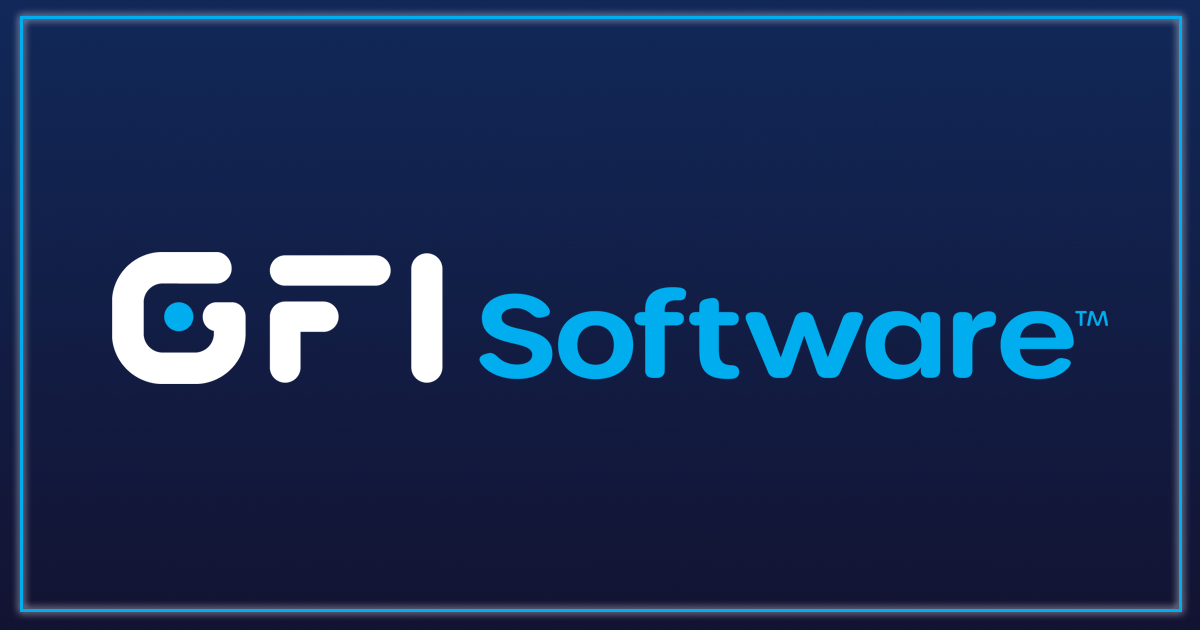Introduction
As cyber threats evolve rapidly, it has become critical for organizations to proactively identify vulnerabilities, security weaknesses and compliance gaps across their digital assets and infrastructure. Security risk analysis software enables automation of vulnerability scanning and management to stay ahead of hackers. Here we analyze the top platforms that can help organizations effectively monitor and reduce security risks.
Methods of Evaluation
To rank the top security risk analysis tools, we evaluated each solution based on platform capabilities, features, pricing and flexibility. Additional factors considered include number of installations and reviews, market presence, number of security certifications, customer support available, and other qualitative differentiators. Quantitative metrics like backlinks, traffic and keyword trends were also analyzed to determine the visibility and popularity of each vendor.
1. IBM Security
IBM is a global technology giant known for its industry-leading security offerings. One of IBM’s flagship security products is IBM QRadar, a security information and event management (SIEM) solution that provides security analytics, threat intelligence and incident response. QRadar helps organizations gain visibility and insights into their security posture by correlating data from firewalls, intrusion detection/prevention systems, routers and more.
Pros: Key advantages of IBM QRadar include:
– Large portfolio of integrations with over 3,500 third-party applications and technologies
– Sophisticated analytics and advanced AI capabilities to detect threats that other SIEMs may miss
– Global security operations centers and managed services to offer 24/7 support
Cons: One potential disadvantage of IBM QRadar is its higher price tag compared to some other SIEM vendors. However, customers benefit from IBM’s strong brand reputation and resources to support complex enterprise deployments.
Pricing: Pricing for IBM QRadar varies depending on the specific needs and configuration of each customer. Generally it is best suited for large enterprises with complex security needs that require a full-featured SIEM solution backed by a market leader in cybersecurity.
Some key stats about IBM QRadar include:
– Monitoring over 5 trillion events per day for customers
– Correlating data from over 4.5 million monitored assets
– Deployed by 9 of the top 10 global banks and 7 of the top 10 retailers
2. VMware Carbon Black
VMware Carbon Black is an endpoint security solution from VMware that provides endpoint detection and response (EDR) capabilities. It leverages massive telemetry from endpoints to pinpoint active attacks and automates response and remediation for both known and unknown threats.
Pros: Some key advantages of VMware Carbon Black include: – EDR solution for endpoint detection and response. – Leverages telemetry from endpoints to prioritize attacks underway. – Automates response and remediation of known and unknown threats.
Cons: One potential disadvantage is the upfront licensing cost may be higher than some other endpoint security options.
Pricing: VMware Carbon Black pricing varies based on the edition, number of endpoints, and contract term. Generally, annual subscriptions start at around $36 per endpoint.
Some key stats about VMware Carbon Black include: – Proactively protects over 100 million endpoints globally. – Analyzes over 3 trillion endpoint events per week to identify attacks. – Features an EDR platform that incorporates AI/ML to analyze endpoint behaviors 25 billion times daily.
3. McAfee
McAfee is one of the most recognizable names in cybersecurity. Founded in 1987, McAfee pioneered the antivirus industry and continues to provide comprehensive security solutions for consumers, small businesses, and enterprises. Their offerings now extend beyond antivirus to also include identity protection, endpoint detection and response, network security, cloud security, and security information and event management (SIEM).
Pros: Key advantages of McAfee’s security solutions include: comprehensive endpoint, network, cloud and SIEM security solutions providing layered protection; dedicated focus on prevention, detection and response through artificial intelligence and automation; wide adoption making it a trusted solution for meeting enterprise security needs.
Cons: One potential disadvantage is that the solutions may be overkill for small businesses or home users with limited security needs. The interfaces can also sometimes feel cluttered with more advanced features than needed for basic protection.
Pricing: Pricing varies depending on the specific solutions and number of seats or devices needed. Basic antivirus solutions start around $50-$100 per year for homes or small offices. Enterprise solutions require contacting a sales representative for a customized quote.
Some key stats about McAfee include: protecting over 600 million endpoints worldwide, over 20,000 customers, and 1,000+ patents granted. They employ over 10,000 security professionals and researchers dedicated to protecting customers.
4. Fortify
Fortify is a leading security risk analysis software developed by Micro Focus, formerly known as Fortify Software. Fortify performs static and dynamic security testing of applications to detect vulnerabilities, malware and errors.
Pros: Some key advantages of Fortify include:
– Static and runtime application security testing to identify a wide range of issues
– Seamless integration into the development workflow through tools like Jenkins, Bamboo, Azure DevOps etc.
– Detailed policy and compliance reporting to demonstrate security posture
Cons: The on-premise deployment model requires installation and management of the Fortify software which can be complex and time consuming for some organizations.
Pricing: Fortify is available via an annual subscription model starting from $5,000 per year depending on the number of applications and users. It can also be deployed on-premise starting at $25,000 per year.
Some key stats about Fortify include:
– Used by 95% of Fortune 500 companies
– Protects over 250,000 applications
– Has analyzed over 1 trillion lines of code
– Detects over 25,000 vulnerabilities per day
5. Synopsys Black Duck
Synopsys Black Duck is one of the leading security risk analysis software for identifying and remediating open source vulnerabilities. It utilizes source code composition analysis to comprehensively detect known vulnerabilities within custom and third-party code bases.
Pros: Some key advantages of Synopsys Black Duck include: Source code composition analysis to detect vulnerabilities, Track open source usages and license compliance, Remediation guidance for open vulnerabilities
Cons: A potential disadvantage is the need for initial setup and configuration which requires some time and effort to integrate with existing toolchains and processes.
Pricing: Pricing for Synopsys Black Duck is based on annual subscription options starting at $50,000 per year based on the size of the codebase and number of developers.
Some key stats about Synopsys Black Duck include: It manages over 1 trillion lines of code for customers. It detects an average of 27 vulnerabilities per codebase analyzed. It identifies license compliance issues for over 90% of open source components analyzed.
6. Splunk
Splunk is a leading data platform and software company that provides organizations with the ability to monitor, investigate and act on data for security, operations and business analytics. Founded in 2003, Splunk’s platform handles petabytes of operational and security data daily across dozens of industries. With Splunk solutions, companies can monitor cybersecurity threats, ensure compliance, and optimize IT operations and business outcomes.
Pros: Some key advantages of Splunk’s platform include:
– Powerful SIEM and IT operations analytics capabilities in a single platform
– Can integrate security and operational data from a wide variety of sources for correlation
– Effective incident response, forensic investigation and regulatory compliance features
– Scales elastically to handle large volumes of machine data from many sources
Cons: One potential downside is the pricing, as Splunk licenses are generally expensive for very large deployments handling petabytes of data on an ongoing basis. The software also has a significant learning curve to master all of its advanced capabilities.
Pricing: Splunk pricing is based on an annual license fee per GB of data indexed per day. Additional support packages and professional services are also available. Pricing varies based on deployment size but generally ranges from tens of thousands to several millions of dollars per year depending on data volumes.
Some key stats about Splunk’s platform include:
– Handles over 2.5 trillion events per day for customers
– Used by 95 of the Fortune 100 companies
– Integrates data from over 25,000 sensor types
– More than 15,000 customers globally including Boeing, Netflix, and Citibank
7. Rapid7
Rapid7 is a cybersecurity company that provides security and vulnerability management solutions. Founded in 2000, Rapid7 helps organizations manage cybersecurity risks and achieve continuous compliance. Rapid7 delivers innovative insights, visibility, and controls across all of an organization’s technology assets, people and processes.
Pros: Some key advantages of Rapid7 solutions include: – Offers comprehensive exposure management solutions including InsightVM, InsightAppSec and InsightIDR – Great for continuous security monitoring and compliance – Strong community and training resources
Cons: Potential disadvantages of Rapid7 may include a steeper learning curve needed to fully leverage all of its capabilities compared to some other options.
Pricing: Rapid7 offers flexible pricing models including on-premise licensing and SaaS subscriptions starting at $3,000/year. Additional services like implementation, training and premium support are also available for an added cost.
Some key stats about Rapid7 include: – Over 15,000 customers worldwide including 80% of the Fortune 500 – Supports over 500 million analyzed assets – Over 500 employees globally – Publicly traded on Nasdaq under the ticker symbol RPD
8. Tenable
Tenable is a leading Cybersecurity Exposure Management Company that provides a wide range of vulnerability management, risk management and security testing solutions. Founded in 2002, Tenable’s flagship product Nessus is one of the most widely used vulnerability assessment tools in the world. With over 30,000 customers worldwide, Tenable helps organizations understand and reduce cyber risk.
Pros: Some key advantages of Tenable’s solutions include: – Continuous monitoring and remediation of vulnerabilities across hybrid environments including IT, Cloud, OT, IoT – Abilty to prioritize vulnerabilities based on risk scores for effective remediation – Out-of-the-box compliance reporting for frameworks like PCI DSS, HIPAA, ISO 27001 etc. – Centralized management and reporting across the entire security program
Cons: One potential disadvantage is that Tenable’s solutions like Nessus require significant resources and expertise to setup, configure and operate effectively. The solutions may not be suitable for all organizations depending on their size, budget and security maturity.
Pricing: Tenable offers flexible pricing models including perpetual and subscription licensing. Pricing varies based on the specific solutions, number of assets/users and requirements. Contact Tenable sales team for a custom quote.
Some key stats about Tenable include: – Scans for vulnerabilities across over 6.5 trillion assets weekly – Supports over 37,000 vulnerability checks – Protects over 30,000 customers globally including 99% of the Fortune 500
9. Burp Suite
Burp Suite is a popular web application security testing tool developed by PortSwigger. It is commonly used by security professionals, companies and developers to test the security of web applications. Some key features of Burp Suite include manual testing capabilities, automated crawling and scanning, customization options and more.
Pros: Some key advantages of Burp Suite include:
– Feature-rich tool for comprehensive security testing of web applications
– Allows both manual testing through its interactive interface and automated crawling/scanning
– Highly customizable through extensible architecture and bundled extensions
– Popular choice leveraged by many security professionals and companies globally
Cons: One potential disadvantage is that as a commercial tool, Burp Suite requires a paid license for commercial use. The free version has limited functionalities for personal or non-commercial use only.
Pricing: Pricing for Burp Suite starts at $495 for an individual professional license valid for one year. Enterprise licenses are also available for larger companies and organizations with pricing varying based on team size and requirements.
Some key stats about Burp Suite include:
– Used by over 500,000 security professionals globally
– Supports testing of HTTP, HTTPS and WebSocket applications
– Integrated toolset for manual and automated security testing activities
– Constantly updated by PortSwigger with new features and vulnerability coverage
10. Qualys
Qualys is a leading provider of cloud-based security and compliance solutions. Founded in 1999, Qualys helps organizations streamline security operations and reduce security risks on a global, continuous basis. The Qualys Cloud Platform and modular cloud apps deliver broad, deep and critical security intelligence across IT, cloud and industrial-OT assets.
Pros: Some key advantages of Qualys include: Comprehensive platform covering many aspects of security and compliance from a single vendor. Regular updates and new features added to keep up with evolving threats and attack vectors. Cloud-based solution ensures always having the latest software and databases without requiring on-premise upgrades.
Cons: One potential disadvantage is that as a purely cloud-based solution, there may be bandwidth requirements for uploading and scanning large amounts of data which could impact performance. Customers with strict data sovereignty requirements may prefer an on-premise option.
Pricing: Qualys pricing is based on assets under management such as the number of IP addresses, agents or containers. There are subscription tiers for small, mid-size or large enterprises. Free trials are available to test the platform’s capabilities.
Some key stats about Qualys include: Protects over 15,000 customers across industries in over 130 countries. Scans for vulnerabilities across on-premise, endpoints, mobile, cloud, containers and web applications. Qualys apps covers vulnerability management, policy compliance, web app scanning, continuous monitoring and more.
11. Snyk
Snyk is a leading security risk analysis software that helps developers stay secure while developing fast. Founded in 2015 and based in London, Snyk uses its proprietary architecture and tools to continuously find and fix vulnerabilities and license issues in open source libraries and container images.
Pros: Some key advantages of Snyk include:
– Container and cloud native application security. It detects vulnerabilities in Docker containers and Kubernetes components.
– Finds vulnerabilities in open-source dependencies across different package managers like NPM, Python, Java and more.
– Works directly within developer workflows through IDE plugins and tightly integrates with CI/CD pipelines.
Cons: One potential disadvantage is that it only detects known vulnerabilities from its own database, so zero-days won’t be caught.
Pricing: Snyk offers both free and paid plans. The free Individual Open Source plan allows for unlimited public repositories and 5 private repositories. Pricing for its Team and Enterprise plans starts at $149/month.
Some key stats about Snyk include:
– Used by over 2 million developers and trusted by companies like Google, Intuit, and IBM.
– Can scan over 5.5 million dependencies per month to detect vulnerabilities.
– Integrates seamlessly with developers’ existing toolchains like GitHub, GitLab, Jenkins, and others.
12. Tripwire
Tripwire is a leading provider of security and compliance solutions, including security configuration management, file integrity monitoring, and vulnerability management. Founded in 1997, Tripwire helps over 35,000 customers securely manage risk and meet compliance requirements. Their flagship products include Tripwire Enterprise and Tripwire solutions for Amazon Web Services (AWS).
Pros: Some key advantages of Tripwire solutions include:
– Leading provider of configuration auditing and integrity monitoring solutions
– Helps identify vulnerabilities and security issues from configuration drift
– Out-of-the-box compliance templates for regulations like PCI, HIPAA, SOC 2, etc.
– Agentless deployment options for inventorying AWS infrastructure
Cons: One potential disadvantage is that the on-premise Tripwire Enterprise offering requires more IT resources for deployment and maintenance compared to SaaS offerings.
Pricing: Tripwire offers both perpetual and subscription licensing models. Pricing varies based on the number of assets under management. Contact Tripwire sales for an exact quote.
Some key stats about Tripwire include:
– Over 35,000 customers globally across all major industries
– Protects over 5 million endpoints
– Monitors over 1 trillion security events per week
– Helps customers meet compliance regulations like PCI DSS, HIPAA, ISO 27001, and NIST
13. BeyondTrust
BeyondTrust is a leading provider of identity and access security. Founded in 1999, BeyondTrust delivers intelligent solutions to manage and secure access to both privileged accounts and endpoints. Over 6000 customers around the world rely on BeyondTrust to protect their organizations.
Pros: Some key advantages of BeyondTrust solutions include:
– Privileged access management and remote access capabilities to minimize insider threats
– Comprehensive auditing and session recording features for forensics and compliance
– Flexible deployment options including on-premise and cloud-based
Cons: One potential disadvantage is a relatively high cost of ownership compared to some other vendors due to the depth of functionality provided.
Pricing: BeyondTrust offers flexible pricing models including perpetual licenses, annual subscriptions, and utility-based pricing based on number of users, assets under management, and desired functionality. Contact BeyondTrust sales for a custom quote.
Some key stats about BeyondTrust include:
– Over 6000 customers globally including 75% of Fortune 500 companies
– 20 year track record of delivering innovative access security solutions
– Protects over 30 million identities on average per day
14. JFrog Xray
JFrog Xray is a security risk analysis software developed by JFrog, an American software company known for its DevOps and DevSecOps tools. Xray performs vulnerability scanning, license compliance and software composition analysis on software packages.
Pros: Some key advantages of JFrog Xray include:
– Continuous scanning for early vulnerability detection
– Open source license identification and compliance reporting
– Dependency analysis across the entire software supply chain
– Integrated remediation workflows to prioritize and fix vulnerabilities
Cons: One potential disadvantage is that JFrog Xray is primarily geared towards organizations with mature DevOps practices and pipelines. It may not be the best fit for companies still transitioning to a DevOps model.
Pricing: JFrog Xray pricing is based on annual subscription fees. Pricing starts at $3 per package for up to 500,000 packages. Additional packages are $2 per package. Enterprise plans with additional features are also available.
Some key stats about JFrog Xray include:
– Scans over 10 billion binaries and dependencies annually
– Supports multiple packaging formats including Maven, npm, NuGet, Docker and more
– Integrates with over 35 development tools and frameworks like Kubernetes, Jenkins, GitHub, GitLab etc.
15. GFI LanGuard
GFI LanGuard is a leading security risk analysis software developed by GFI Software. LanGuard helps organizations identify, prioritize and remediate vulnerabilities across their network and workstations in order to reduce security risks.
Pros: Some key advantages of GFI LanGuard include:
– Comprehensive network scanning for vulnerabilities, policy violations and malware
– Ability to integrate scans into vulnerability management and assessment workflows
– Detailed reporting and prioritization of critical vulnerabilities
– Agentless scanning reduces resource overhead
Cons: One potential disadvantage is that the more advanced features require paid licensing upgrades.
Pricing: GFI LanGuard offers both free and paid licenses. The free basic license provides reports and basic features while additional functionality requires one of the following paid plans on an annual subscription:
– Pro Plan: $2,400/year for up to 1,000 assets
– Enterprise Plan: Custom pricing for large scale deployments
Some key facts about GFI LanGuard include:
– Over 25 years of experience in vulnerability management and assessment
– Used by over 12,000 organizations globally
– Scans over 500 different system attributes and configurations
– Supports Windows, Linux, macOS, Oracle Databases and more
Conclusion
With security always evolving, it is important organizations choose a risk analysis partner that can scale and adapt with their needs. The above platforms represent leaders in delivering continuous visibility and actionable insights. Evaluating offerings based on your unique requirements will help pick the right technology to strengthen your security posture and reduce business risks over time.








